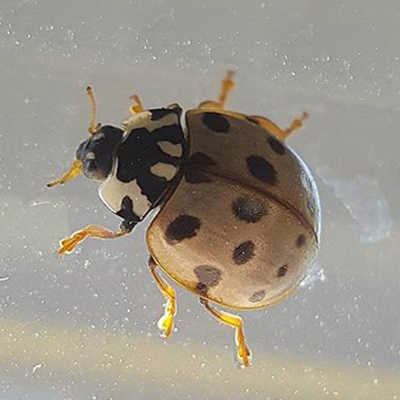
LADYBUGS DESCRIPTION
Ladybugs are small insects, ranging from 1 mm to 10 mm (0.04 to 0.4 inches), and are commonly yellow, orange, or scarlet with small black spots on their wing covers, with black legs, head and antennae. They are generally considered useful insects, because many species feed on aphids or scale insects, which are pests in gardens, agricultural fields, orchards, and similar places. Within the colonies of such plant-eating pests, ladybugs will lay hundreds of eggs, and when these eggs hatch, the larvae will commence feeding immediately. In addition, they exude a viscous yellow, foul-smelling defensive compound when disturbed that may stain whatever it contacts.
Habits
The adults hibernate, usually on the south sides of large objects such as trees or houses during the winter months. In the autumn they search for cracks, crevices, or other acceptable microsites for overwintering shelter. The overwintering adults emerge from hibernation in spring and lay 10-15 eggs. Larvae pass through 4 molts over 10-14 days, after which pupation occurs. After a period of several days, the adults become reproductively active and are able to reproduce again. Total life span is 1–2 years on average.
Control Methods
Lady bugs overwinter inside wall voids and attics. Exclusion of crack and crevices around window and door frames, vents, overhangs etc. should be screened with fine mesh screening or other appropriate sealer. Late summer or early fall, a labelled residual insecticide should be applied around door frames, window frames soffits and other cracks or crevices where lady bugs may enter. Winter and spring, insect light traps can be used in the attic or dark room of the house to attract and capture lady bugs. Gold sticks and/or glue boards can be placed by the window to trap lady bugs. Insecticides should not be used indoors to control lady bugs.
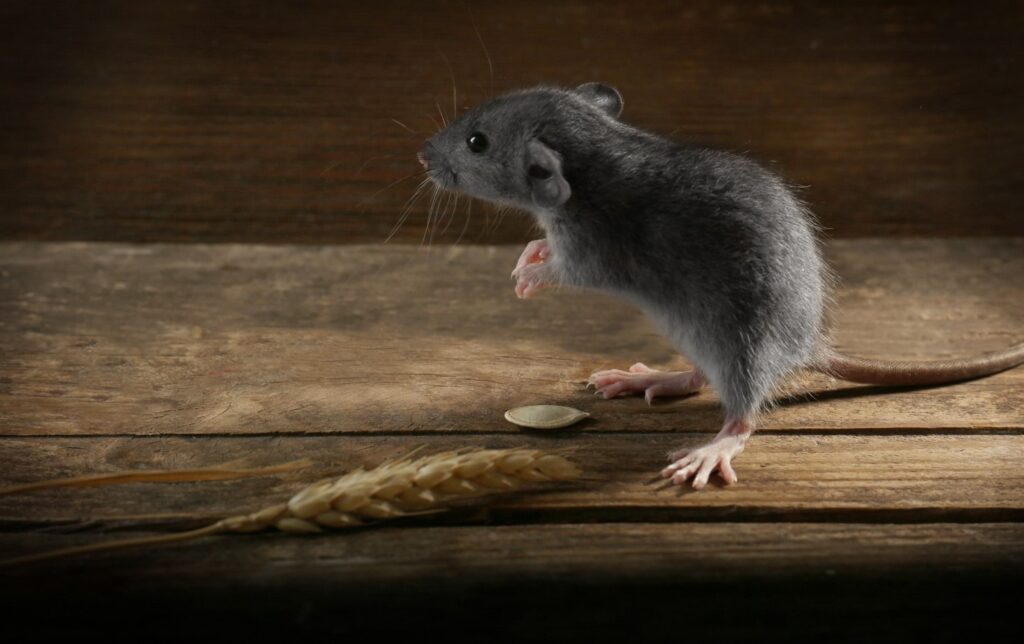
How to pest-proof your home for winter
Winter is the season for indoor entertaining and feasts of delectable foods. The last thing you want at this time of year is to spread your hospitality to unwelcome guests from the animal kingdom. You can make your home inviting to humans and clear of pests by taking a few precautions. As an extra bonus,…
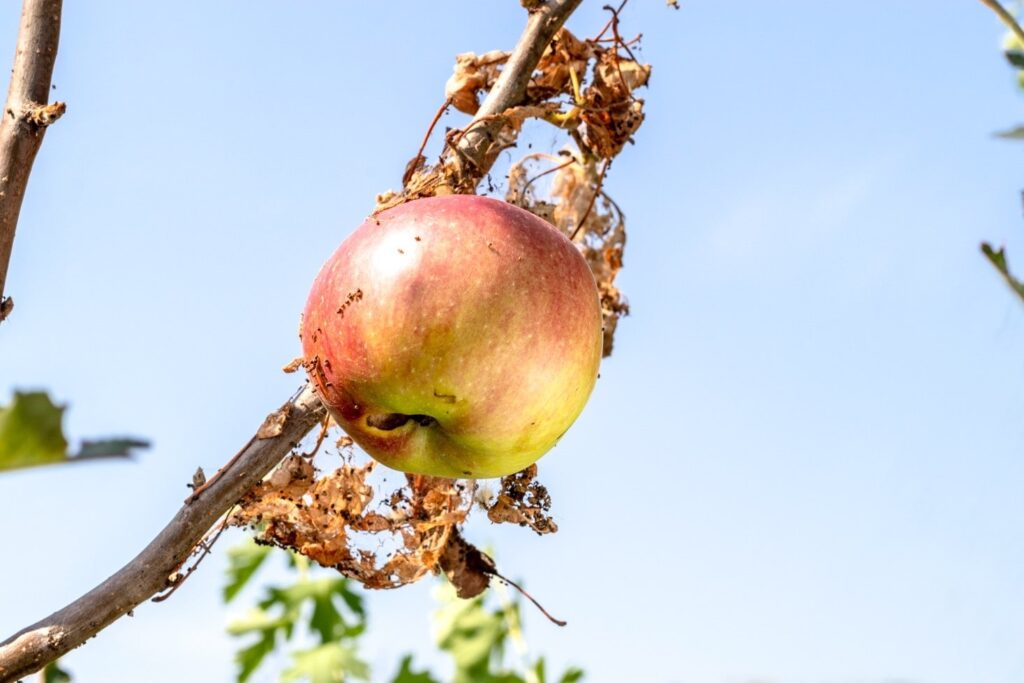
Fall pest prevention tips
As the temperatures drop, it won’t just be you and your family who want a warm place to cozy up for the cold months. To feel entirely at ease in your home, you’ll want to be sure you aren’t sharing it with unwelcome guests. Here are some tips to help pest-proof your home before winter….
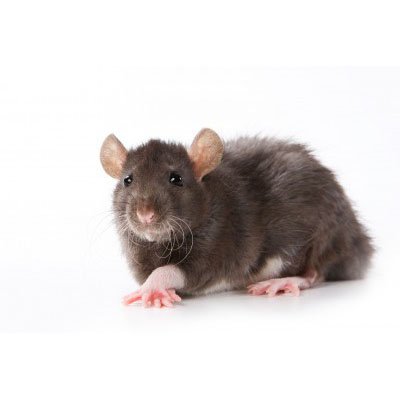
Pest Spotlight: Rats
Scientific Name: rattus Common Names: Sewer Rat, Roof Rat, Brown Rat, Norway Rat, Black Rat Color: Colors vary, generally grey, brown, or black in color Size: The length and weight of rats depend on which species we are talking about and young vs adult sizes. Sizes range from approximately 10 to 40 cm in length….
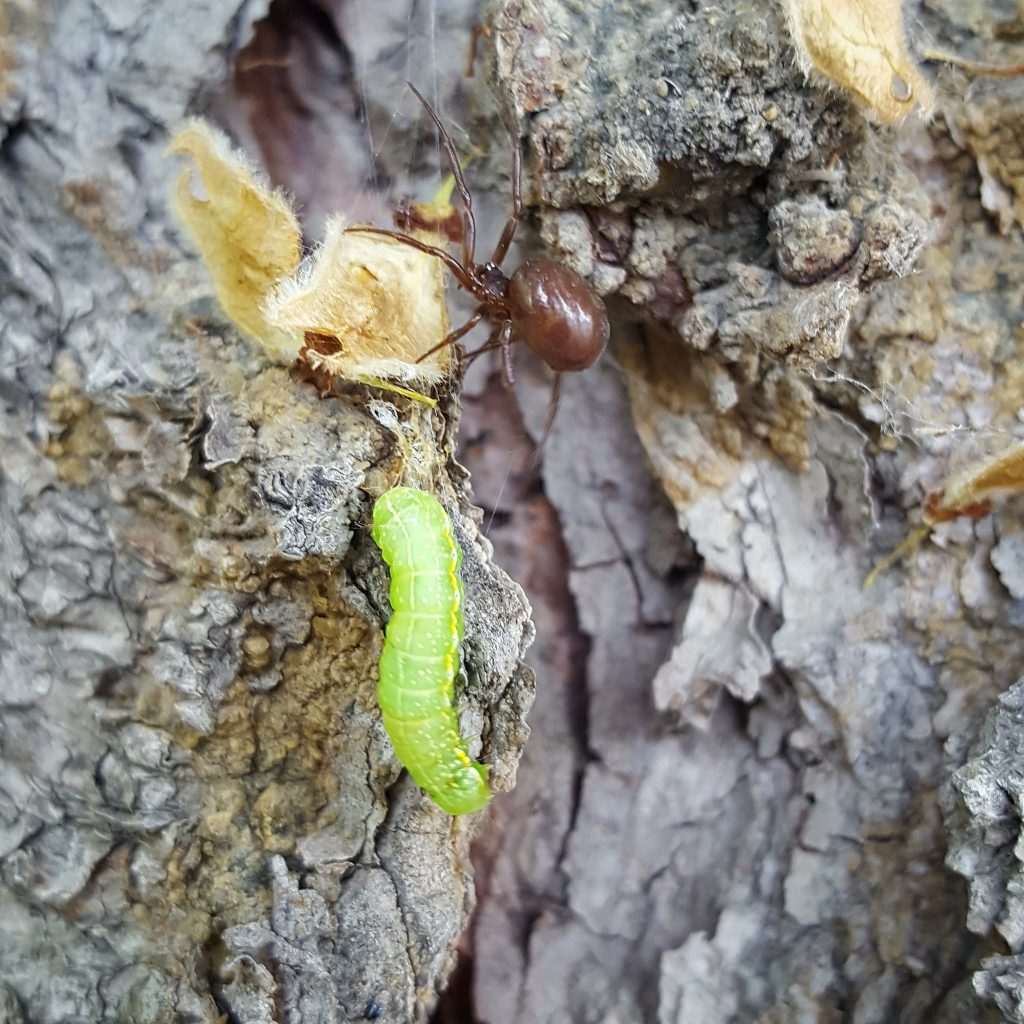
Pest Spotlight: Cankerworms
Now that it’s springtime, the bugs are starting to re-emerge. And among them – cankerworms. You’ve probably heard of these bugs, but how much do you know about them? Here in Canada’s prairies, there are two major groups of cankerworms: spring cankerworms and fall cankerworms. Fall cankerworms lay their eggs in the fall, whereas spring…

